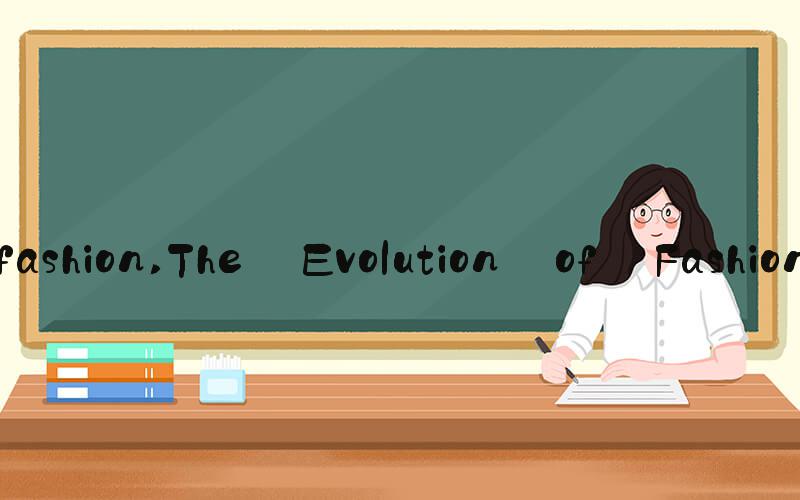 Fashion: A Window Into Society
Fashion: A Window Into SocietyFashion has been a defining feature of human society for centuries. From traditional clothing and jewelry to the latest runway looks, fashion is a powerful tool that reflects our cultural values, social status, and personal identity. Through fashion, we are able to express our creativity, personality, and individuality. In this article, we will explore the impact of fashion on society and examine how it has evolved over time.
The Evolution of FashionFashion has been an important part of human society for thousands of years. In ancient times, people used clothing and jewelry to signify their social status, religious beliefs, and cultural identity. For example, the ancient Egyptians wore intricate jewelry and headdresses to symbolize their power and wealth, while the Greeks and Romans used clothing to distinguish between social classes.
The Middle Ages saw the emergence of elaborate clothing and accessories, such as corsets, ruffs, and hooped skirts, which were worn by the wealthy and elite. The Renaissance period brought about a new focus on individuality and self-expression, with bright colors, bold patterns, and elaborate designs becoming more prevalent.
Fast forward to the modern era, and the 20th century saw fashion undergo significant changes with the rise of mass production and consumer culture. The 1920s brought about the iconic flapper style, with knee-length dresses, bobbed hair, and bold makeup becoming all the rage. The 1960s and 70s saw a shift towards bohemian fashion, with long, flowing dresses, bell-bottoms, and tie-dye becoming popular.
Today, the fashion industry is bigger than ever, with designers, models, and influencers setting trends and shaping our cultural landscape.
Fashion and IdentityOne of the most powerful aspects of fashion is its ability to express individuality and identity. Clothing and accessories can convey a wide range of messages about who we are and what we value. For example, someone who wears a leather jacket and studded boots may be seen as rebellious and edgy, while someone who opts for a more conservative, business-like outfit may be seen as professional and serious.
At the same time, fashion can also be a way for us to connect with others and find a sense of belonging. Many subcultures have their own distinctive fashions, from punk rock to hip hop, and these styles can serve as a way for people to express their shared identities and values.
The Dark Side of FashionDespite its many benefits, the fashion industry also has a darker side. From exploitative labor practices to environmental pollution, many of the practices associated with fashion can be harmful to both people and the planet.
One of the biggest issues facing the fashion industry is the use of sweatshops and other forms of exploitative labor. Many fashion companies outsource the production of their clothing to factories in developing countries, where workers may be paid very low wages and subjected to poor working conditions.
In addition, the fashion industry is a major contributor to environmental pollution. The production and transportation of clothing and accessories requires large amounts of energy and resources, and the disposal of these items often leads to landfill waste and other forms of environmental damage.
The Future of FashionAs we continue into the 21st century, the fashion industry will no doubt continue to evolve and grow. However, there are also many challenges that must be addressed in order to ensure that fashion remains a positive force in society.
One potential solution is the rise of sustainable fashion, which seeks to create clothing and accessories using environmentally friendly materials and production methods. Many fashion companies are beginning to embrace this trend, and it is likely that sustainability will become an increasingly important factor in the fashion industry in the years to come.
Another potential solution is greater transparency and accountability in the fashion industry. By promoting ethical labor practices and environmental sustainability, fashion companies can help create a more just and equitable world for all.
ConclusionFashion is a powerful force in human society, expressing our creativity, individuality, and cultural identity. However, it is also important to be aware of the potential negative impacts of the fashion industry, and to work towards creating a more sustainable and ethical future for fashion. By doing so, we can ensure that fashion continues to be a positive force in shaping our world and our identities.
